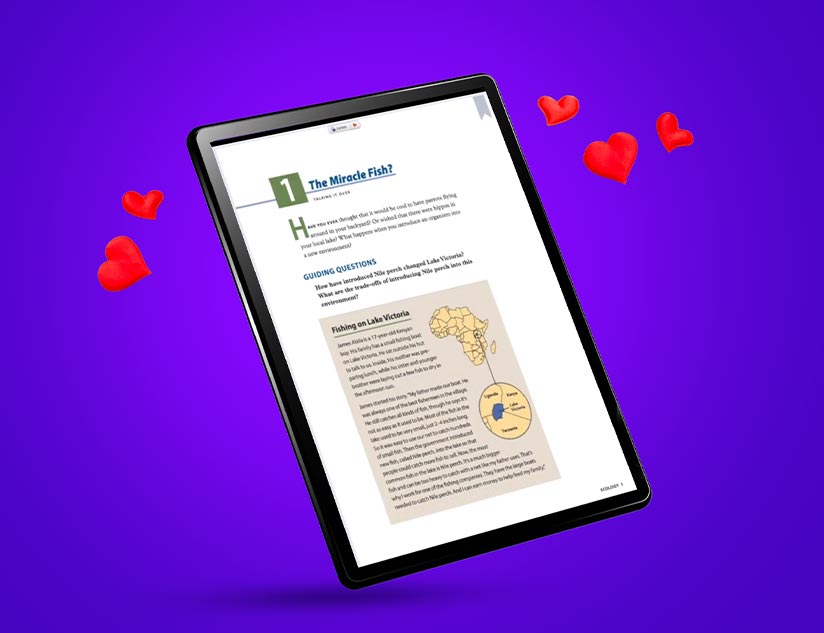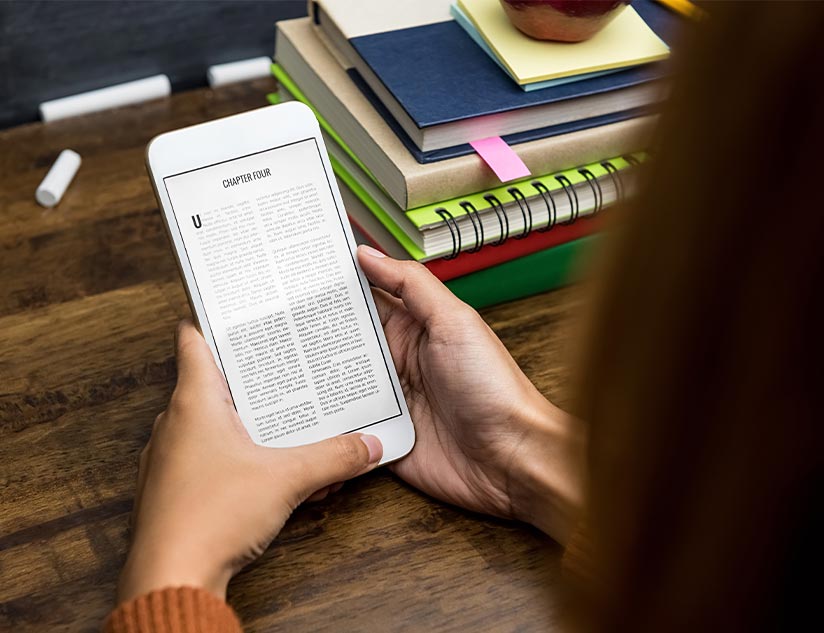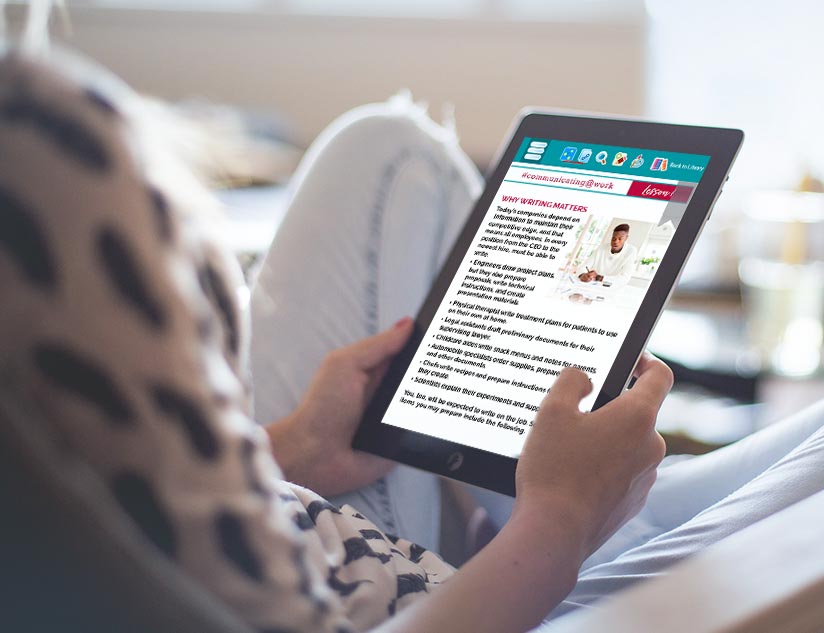The revenue generated from eBooks alone is estimated to reach $14.38 billion in 2023 and accelerate further to $16.08 billion by 2027. The primary factor driving the eBooks market is accessibility. eBooks have indeed lost the tactile qualities of a physical book. However, they have introduced ways to enable self-driven learning for the underserved segment.
Why This Focus on Accessibility?
Readers with visual impairment, hearing loss, dyslexia, motor skill issues, and those unable to operate touch-based interfaces require very little but very specific support. eBooks represent a format that can accommodate the diverse needs of differently abled students. In 2023, eBooks are set to transform accessibility in education by becoming embedded within the textbook design using advanced technology. Writers and publishers are, therefore, focused on employing the latest technology to enhance user experiences.
Experts believe the US Department of Education might bring new accessibility regulations in 2023. At the federal level, the DoE’s Office of Civil Rights has already stepped up its efforts to ensure the accessibility of digital content for everyone, including students with disabilities. So, ensuring accessibility for digital educational materials and platforms is the need of the hour.
How to Ensure Accessibility?
Ever since the Internet revolutionized information access, there have been many standards for information exchange. As education evolves into an inclusive practice, more such guidelines must be formulated.
The ePub book standard of the International Digital Publishing Forum (IDPF), and Accessibility Guidelines by the Digital Accessible Information System (DAISY) consortium under its Inclusive Publishing wing, are the two most important standards to comply with while ensuring web content accessibility.
However, the challenge for ePublishers and content creators is their lack of technical know-how to make their eBooks more accessible.
What’s the Solution?
The common goal of all the guidelines is to enable content creators and publishers to create material that everyone can easily consume. These guidelines help you identify some simple additions that can make your eBook more accessible.
Choose the Right eBook Format
For instance, if your audience includes the visually impaired, the eBook should have read-aloud and speech-to-text conversion features. For hearing-impaired readers, the book must use imagery and captioning.
Ensure Multilingual Support
Books may involve phrases from a language other than the one in which it is written. Using appropriate markups to guide the eBook reading app for non-native English speakers to understand the eBook becomes paramount. It can also use semantic markups to navigate to an external resource and back to the text.
Augment the Content with Multimedia Elements
Augmenting an eBook with visuals, audio, infographics, and more is a great practice to enhance retention, specifically for educational eBooks. It also aids in engaging students with poor concentration or disabilities.
Create Uniform and Impactful Book Styling
Physical books come with chapter headings styled in fonts quite different from the rest of the text. This serves three purposes – letting the user know of a change of setting or plot, informing them about the break in continuity, and sometimes even giving subtle hints about the emotions they might feel while reading.
Account for Demographic Preferences
Younger learners prefer bright-colored and contrasting visual experiences, while older learners prefer something with a simple flow that is easy on the eye.
Technology to the Rescue
The right tools can offer AI-assisted workflow guides to structure the material in a manner that facilitates understanding of the concepts in education. These tools are advanced enough to provide comprehensive suggestions, where the content creator selects reader types, and accessibility requirements, while the eBooks are automatically created with the documented material. Automation can also help in the distribution of eBooks to a larger audience with minimal extra effort.
Machine learning models enable creators to develop content on an editor and use those documents to automate book creation. Semantic structuring ensures that straightforward accessibility augmentation can be automated and results are accurate.
Language assistance can also simplify the content according to the reader. In addition, automation relieves the content creator from linking the table of content to the material. eBook publishing solutions use analytical reports to suggest how to adjust the material to engage all types of audiences.
The tools are integrated with direct access to ACE – Accessibility Checker for ePub. It is used to verify how accurately the accessibility information is included in the eBook.
Choose a Leading Technology Partner
Associating with the right technology enabler to design and develop eBooks can help you seamlessly accommodate the needs of a diverse reader base. The Content Authoring Solution from MagicBoxTM is a proprietary solution developed to ease the life of educational publishers and content creators. The eBook publishing module comes with customizable built-in templates and allows you to create your own templates as well. With its accessibility features, you can drive state adoption by aligning your content with state standards and curricula. It also incorporates the WCAG and 508 standards to create regulated, accessible material for learners across age groups. The tool saves up to 40% of the creator’s time yet facilitates exponentially improved eBook accessibility.
Talk to us today to learn how we can support you in ensuring accessibility for your eBooks.












